Sights of Istanbul. The color of the city from ancient times to the present day
Istanbul is an amazing city, which combines eastern and western cultures. Thanks to its good location, the culture of Istanbul began its development even before our era. Tourists here can get acquainted with the Ottoman and Byzantine cultures, visit ancient palaces, mosques and colorful oriental bazaars. What to see for those who are going to Istanbul?
Saint Sophie Cathedral
This is a unique monument of history and architecture, which has become a symbol of the development of Christianity and a witness to the fall of the Byzantine Empire. The construction of the cathedral was begun in the VI century BC by the emperor Justinian. Over the 14 centuries of its existence, the cathedral building has been ravaged and destroyed several times. After Constantinople was conquered, all Christian values from here were destroyed, and the building was transferred to the mosque. And only 100 years ago, the Turkish authorities decided to create a museum in the walls of the cathedral.
Blue Mosque
The construction of the temple in the XVII century was undertaken by Sultan Ahmed I. For this, he brought a rare variety of marble. In the construction of the mosque, architects used the Byzantine and Ottoman manners of construction. The name of the building was due to the decoration of its walls with blue ceramics.
Suleyman Mosque
This building can rightfully be called a symbol of the Ottoman Empire. And the master, who supervised the construction work, said that the mosque has been idle for ages. For several centuries, the building has been threatened with destruction many times. But no earthquakes, wars and other cataclysms could seriously harm him. Suleyman Mosque is a complex of prayer rooms, baths, madrassas, observatories and libraries.
Galata Tower
In the VI century, during the reign of Justinian, a wooden structure was built on this site, which became the prototype of the stone tower that we can see here today. After the conquest of Byzantium by the Turks in the 15th century, the building was turned into a lighthouse, and later a fire tower and a prison. Due to the fact that the tower is located on a high hill, it can be seen from almost any street in the city. At the top of the Galata Tower is an observation deck with amazing views of Istanbul.
Maiden's Tower
The structure was built on a rocky island in the Bosphorus Strait, presumably in 400 BC. It performed a protective function and was used during the period of hostilities between Athens and Sparta. During the Ottoman Empire, a lighthouse was opened here. Later, in the walls of the tower were an insulator, a prison, utility rooms and an exhibition gallery. In the XX century, a restaurant and an observation deck were opened here.
Dolmabahce Palace
During his reign, Sultan Abdul-Majid I wanted his palace to be more luxurious than his European colleagues. Therefore, he built a grand palace complex with its scale and decoration, with a total area of 45 thousand square meters. After the fall of the Ottoman Empire, Atatürk lived here. And after his death, a museum was opened in the palace.
Beylerbey Palace
The building was built in the XIX century in the Baroque style and was a summer residence of the Ottoman rulers. Inside the building is decorated in European and Eastern traditions, which gives it a special touch. And the layout of the palace was made in the traditional Turkish style with courtyards, a hammam and a separate structure where the harem was located.
Topkany Palace
This palace is the most famous in the city.It was built in the 15th century on the site of the ruined palace belonging to the Byzantine emperor. Until the second half of the XIX century, the residence of the Sultans was located here. Topkany consists of 4 parts with separate entrances: the Gate of the Lord, where the office premises were located, the Gate of Salutation (the office and the hall in which the meetings were held) and the Gate of Beatitude, with the chambers of the Sultan and his harem located here.
Rumelihisar Fortress
Built in the 15th century by Sultan Mehmed II Fort, it was a powerful defensive fortress, the construction of which took only a few months. The task of Rumelihisar was to cut off the city from the Bosphorus and the assault on Constantinople. After the fall of the empire, there was a customs point. In the middle of the last century, the fortress was reconstructed and acquired its original appearance.
Yildiz
The palace and park complex, located on the shores of the Sea of Marmara. Initially, Sultan Selim III built a palace here for his mother. For this, several architectural styles were used at once. Around the palace a picturesque park was planted. And in 1994, a museum was opened here.
Hippodrome Square
More than 2 thousand years ago, horse racing was held at this place. Under the Ottoman Empire, the analysis of the amphitheater began, and some of its parts were used in the construction of the Blue Mosque. Today, the square is decorated with an ancient Greek column and an obelisk of emperors Theodosius and Konstantin Bagryanorodny.
Istiklal Street
Today this street is a pedestrian. In the past, it passed through the central part of Constantinople. Translated from Turkish, "Istiklal" means "independence." Here, in close proximity to each other, mosques and night clubs coexist.
Church of St. Irina
In the Sultanahmet district is an old temple building. This church was built in the IV century, instead of the destroyed temple of Aphrodite. Before the Temple of St. Sophia was built in Istanbul, it was the church of St. Irina that was considered the central temple of the city, within the walls of which the Second Ecumenical Council was held.
Archaeological Museum
Museum expositions are unique finds of archaeologists who tell about the process of human development. It was possible to save most of the exhibits due to the fact that in 1884 a moratorium on the export of historical finds and monuments from the Ottoman Empire was introduced. Among the exhibits of the museum is the first peace treaty in the world. In total, the museum's collection is represented by more than 1 million exhibits.
Valenta Aqueduct
To this day, the ancient water supply system of the city has partially reached. The aqueduct was supposedly built in 375 BC. Its total length was about 550 km. In the VII-VIII centuries the building was reconstructed, and in the XII century it fell into decay and ceased to be used. The aqueduct received its new life under Suleiman the Magnificent.
Basilica Cistern
Underground water storage facilities located in the very center of Istanbul were built in the 4th century. In those days, the tank was designed to store water and was filled thanks to the existing aqueduct system. In 1987, a museum was opened here.
City walls of Constantinople
Since the 5th century, the defensive system has been used to defend against the barbaric raids of conquerors. They have reached our time in excellent condition and all thanks to the fact that after the conquest of Constantinople they were completely restored.
Khaidarpasha Station
The construction of the building began in the 20th century under the guidance of German architects. Initially, it was believed that this station will become a major center that will connect the Ottoman Empire with Medina, Cairo, Damascus and Jerusalem. Today, his task is to service the internal eastern routes.
Grand Bazaar
Today it is the largest indoor market in the world, with an area of 3.7 thousand square meters. It has its own laws and charters. The territory of the bazaar consists of 4 thousand shops and shops located on 66 streets. In addition to outlets, there are mosques, warehouses, cafes, baths, and a school. Tens of thousands of visitors come here daily.
Istanbul is an ancient city, striking with its color. The city has a huge number of historical and architectural attractions that attract the attention of tourists.

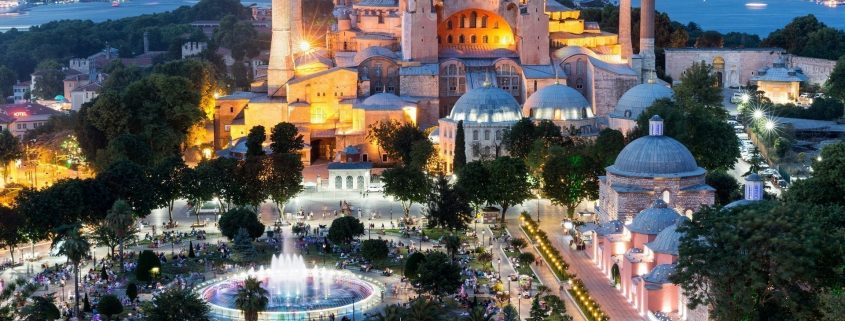
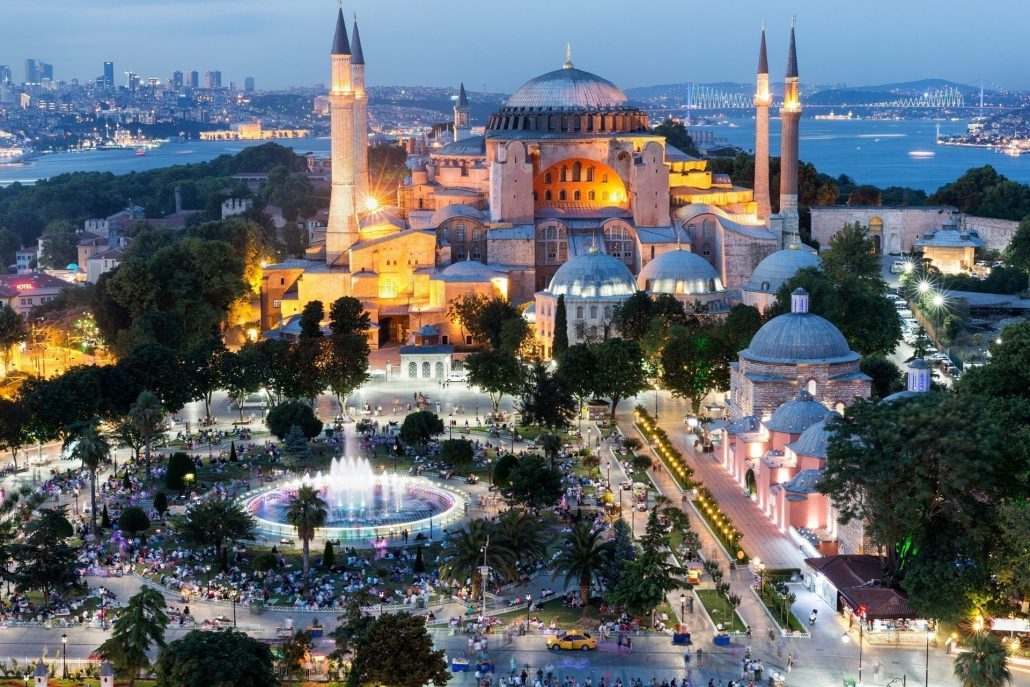
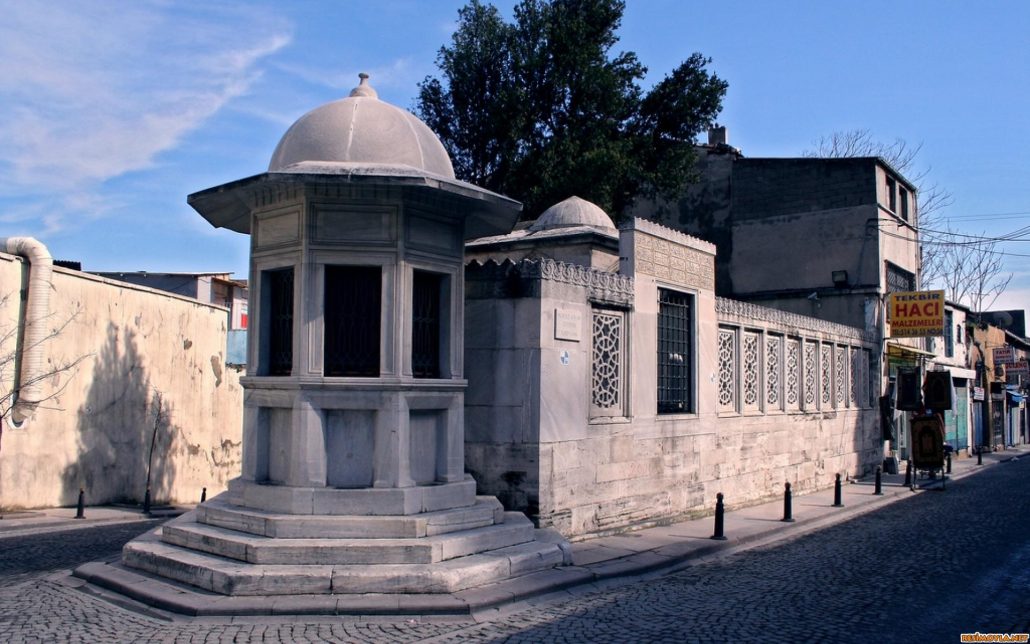
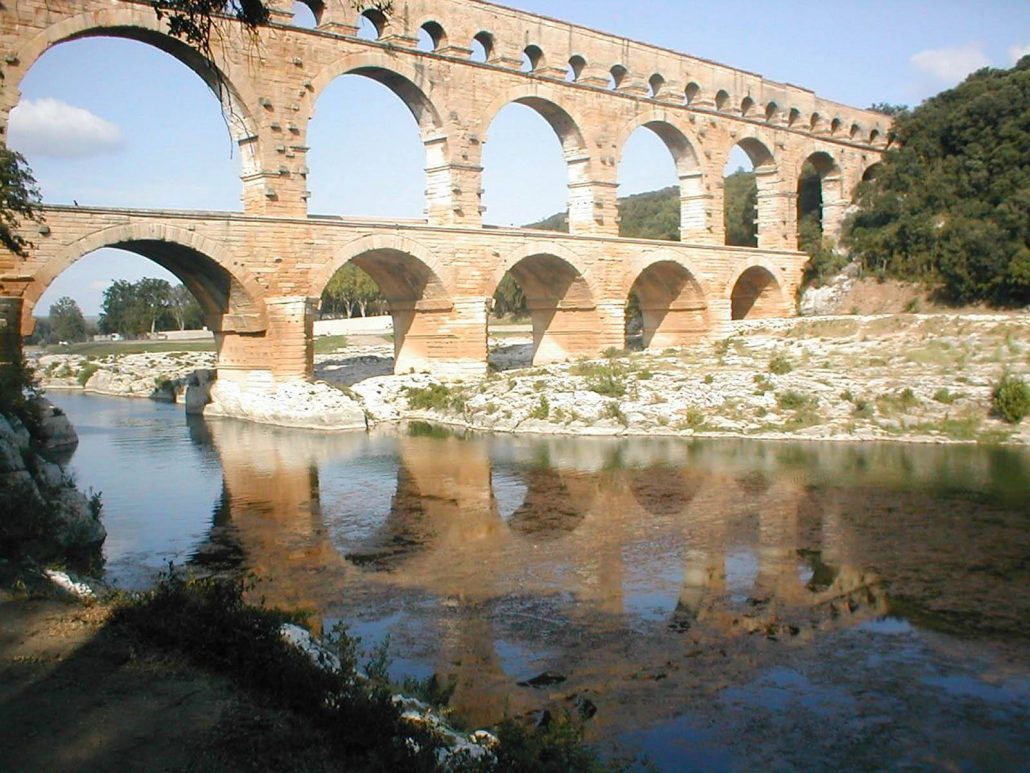
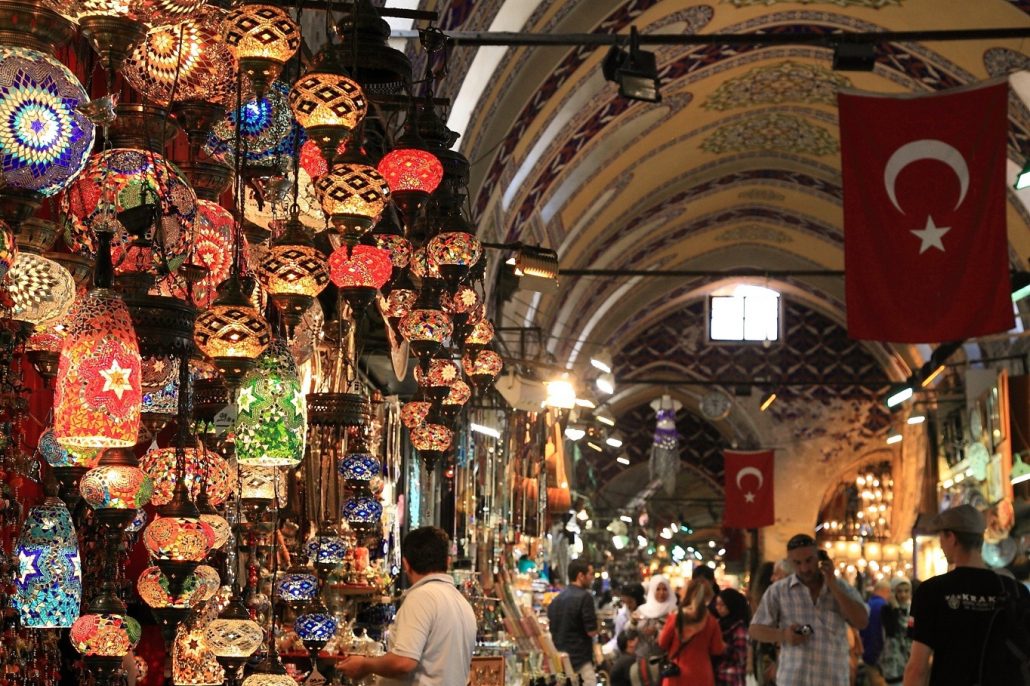
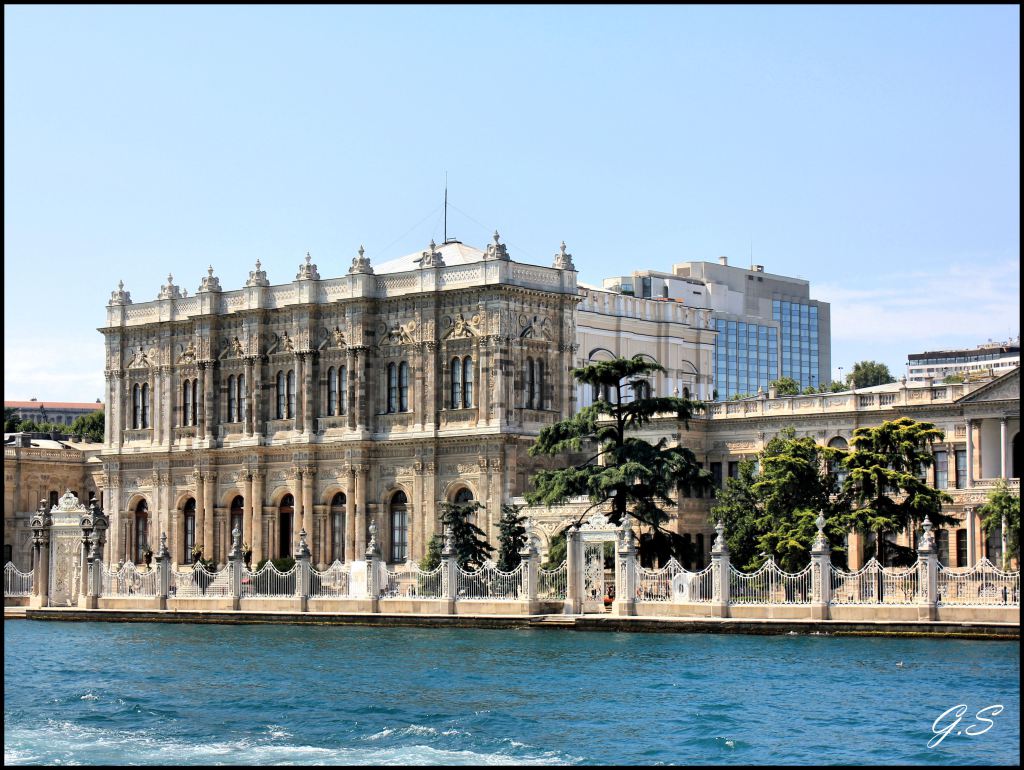
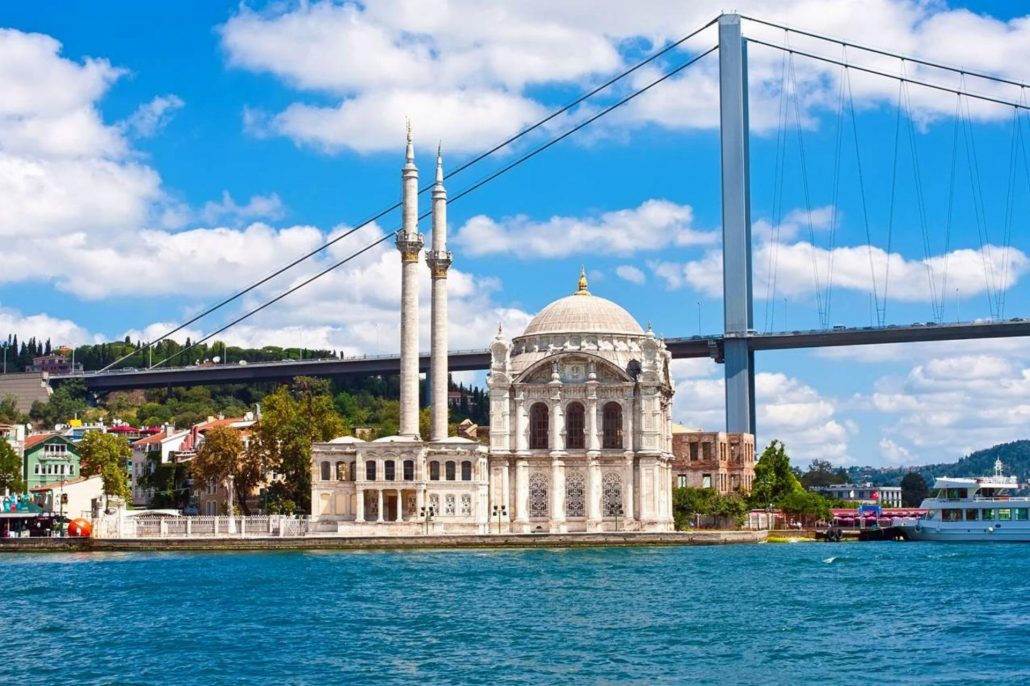
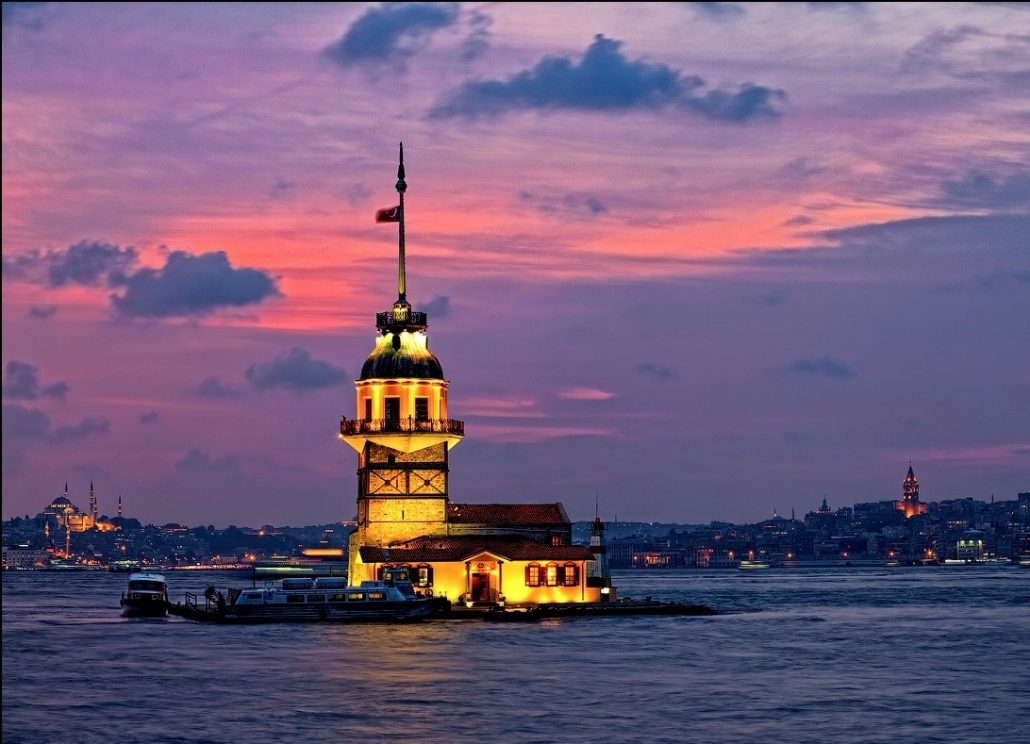
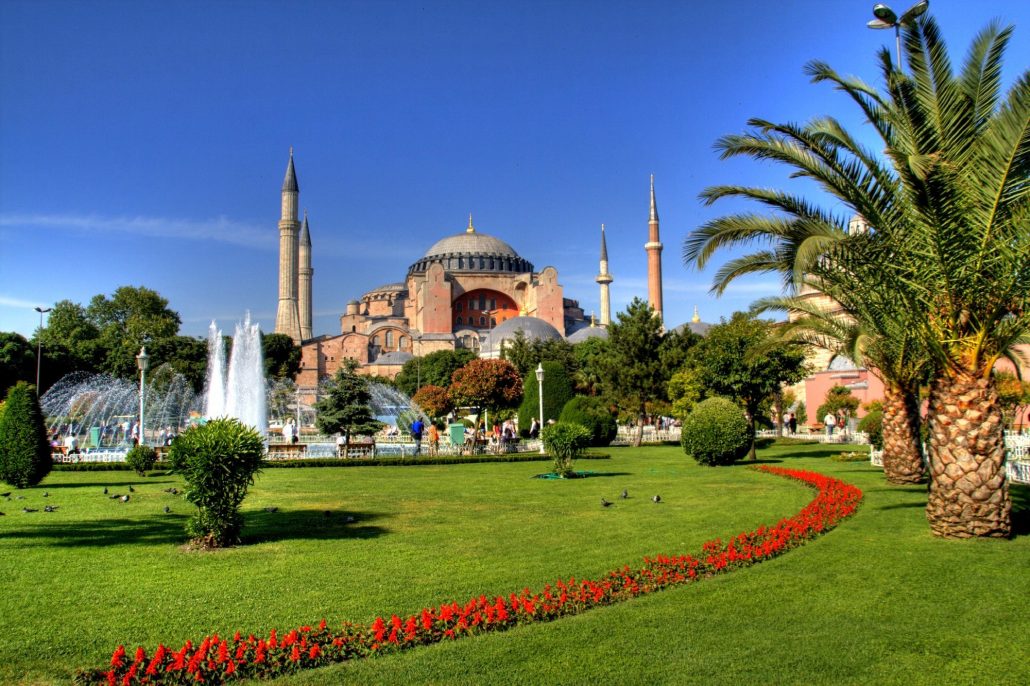

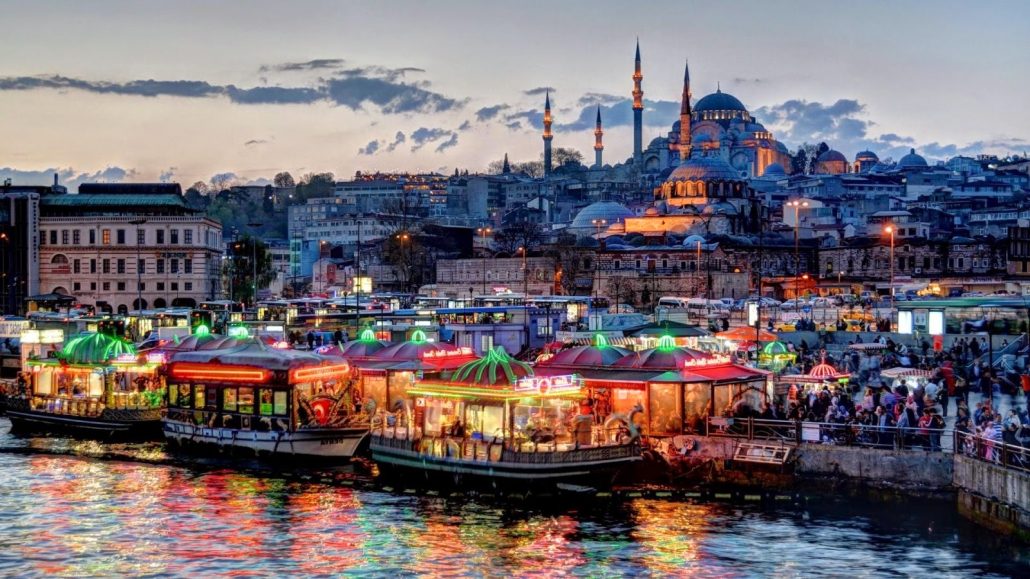
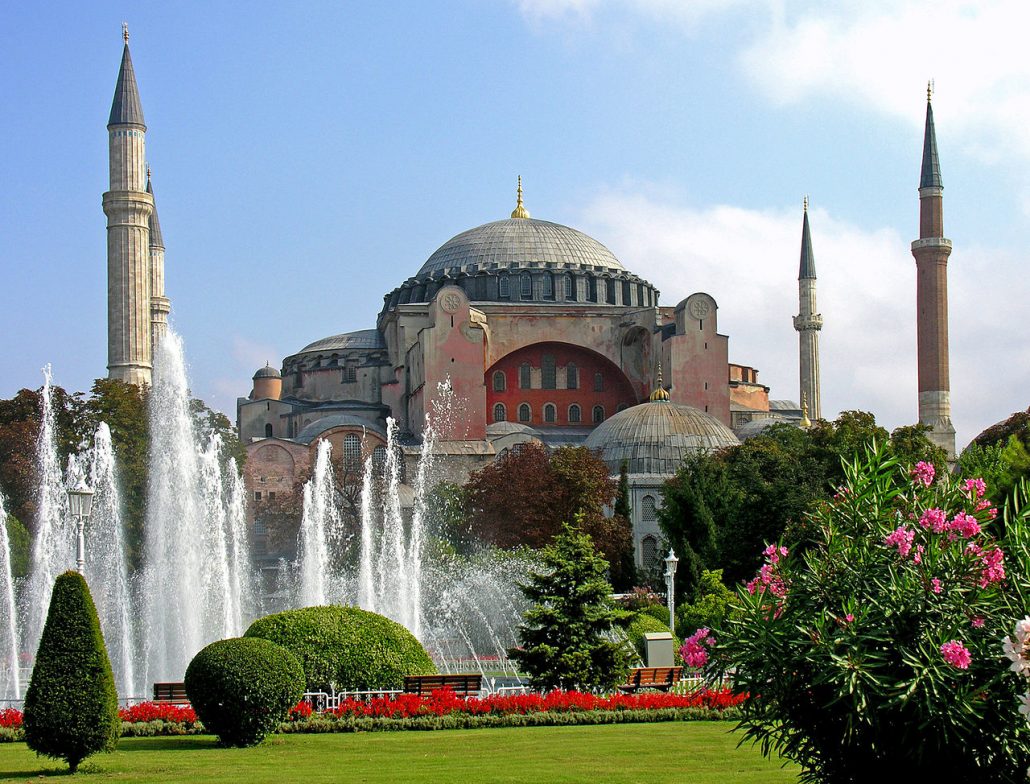
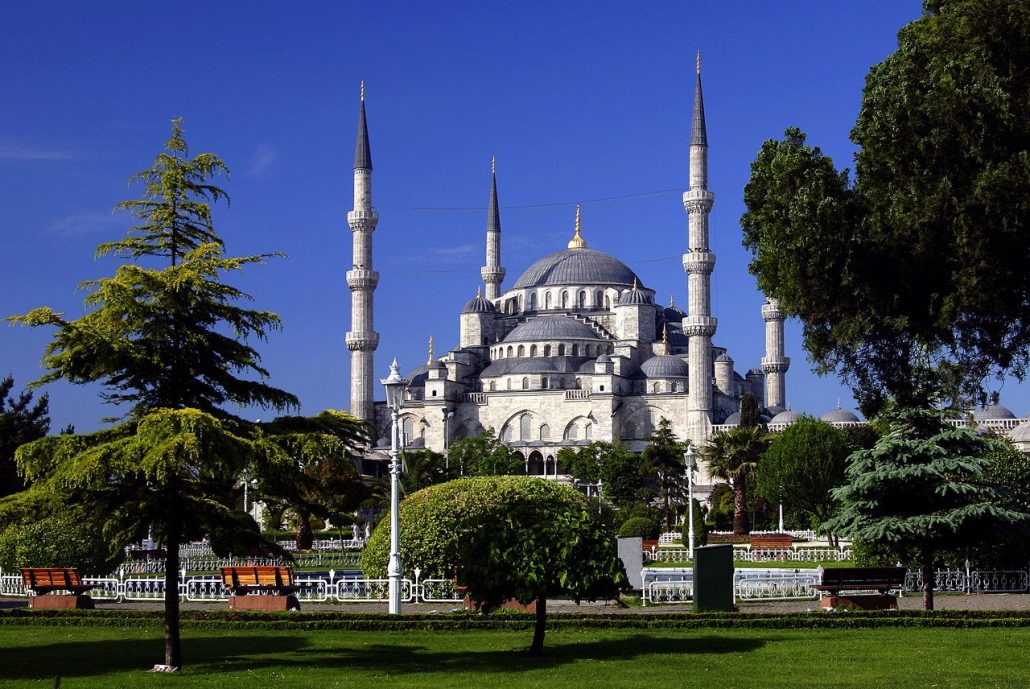
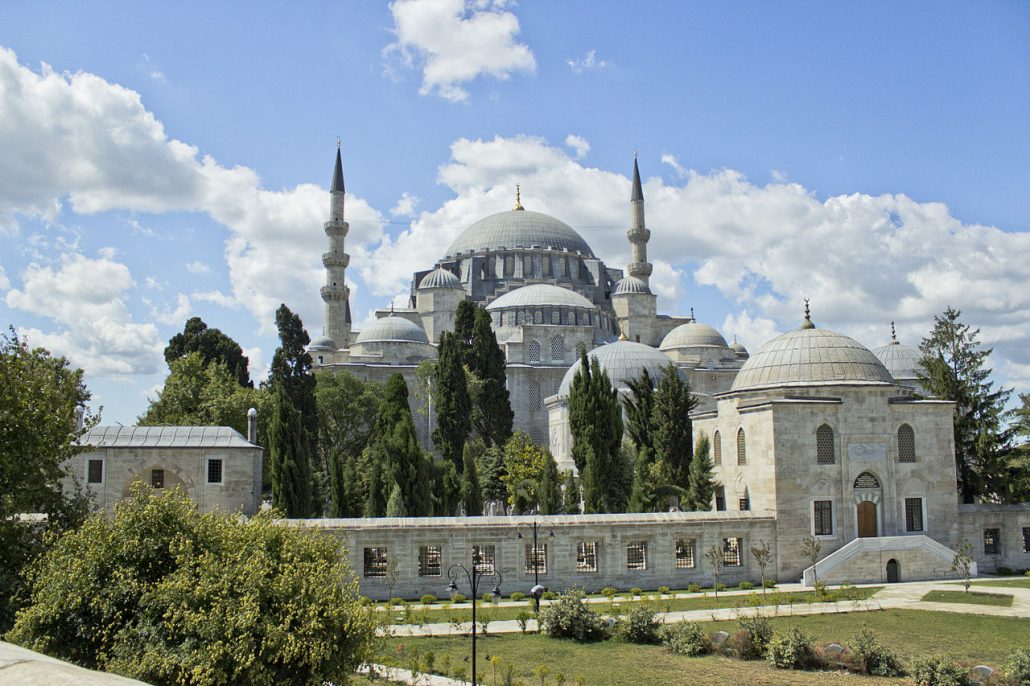
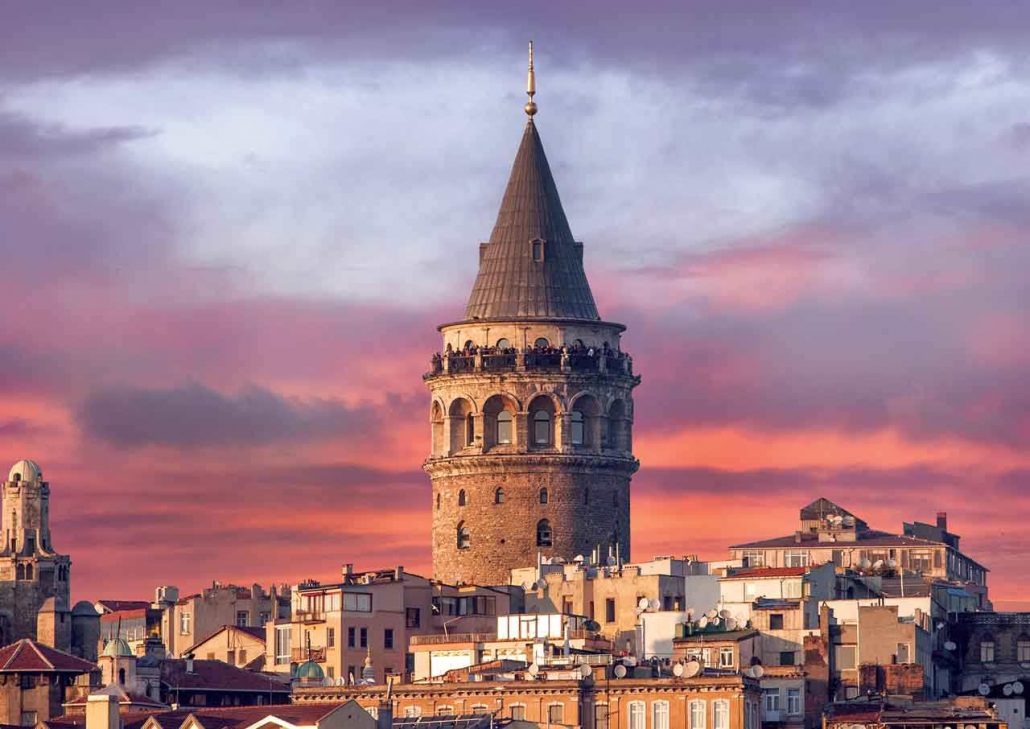
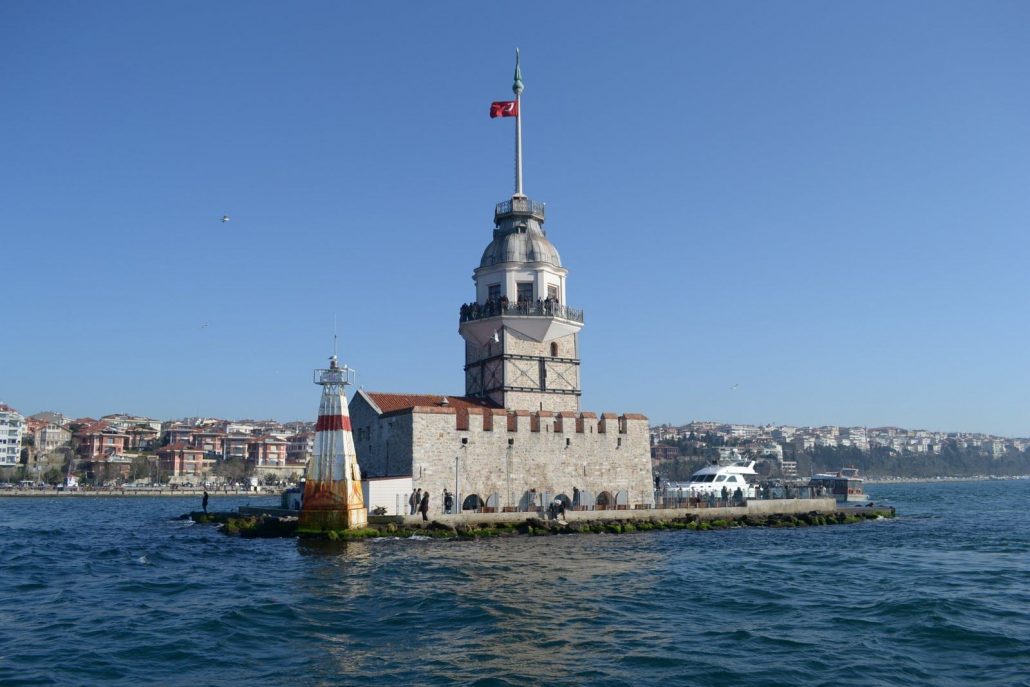
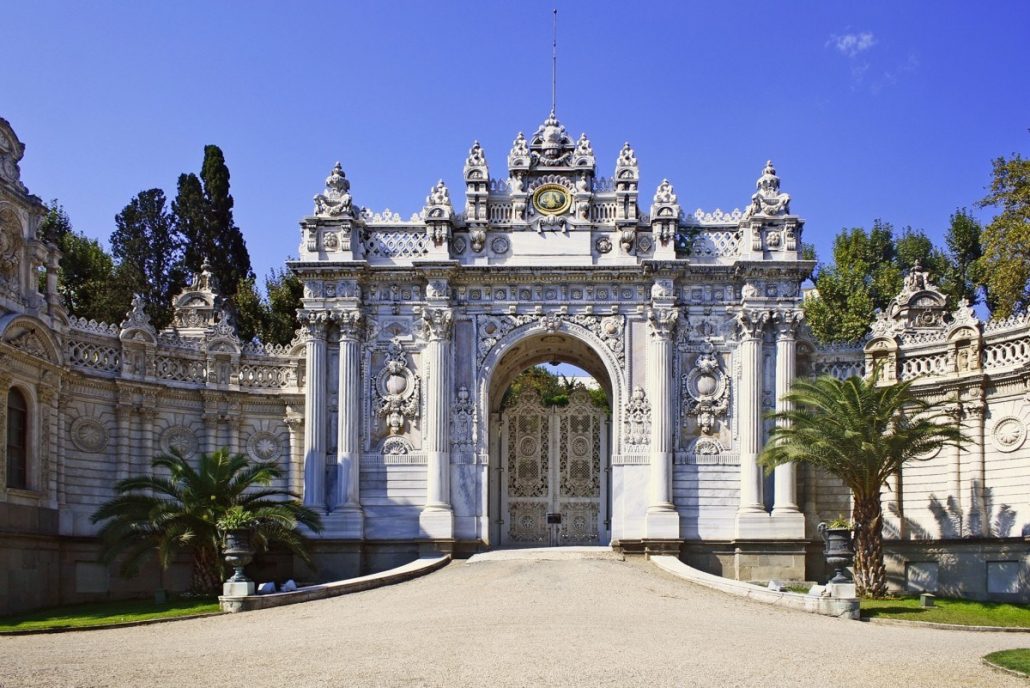
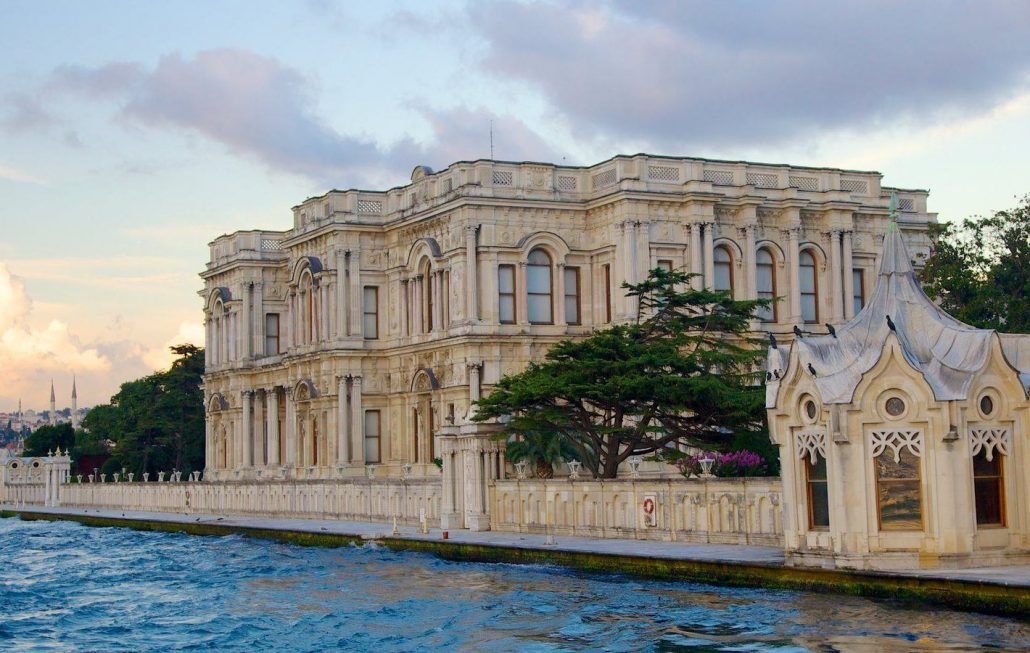
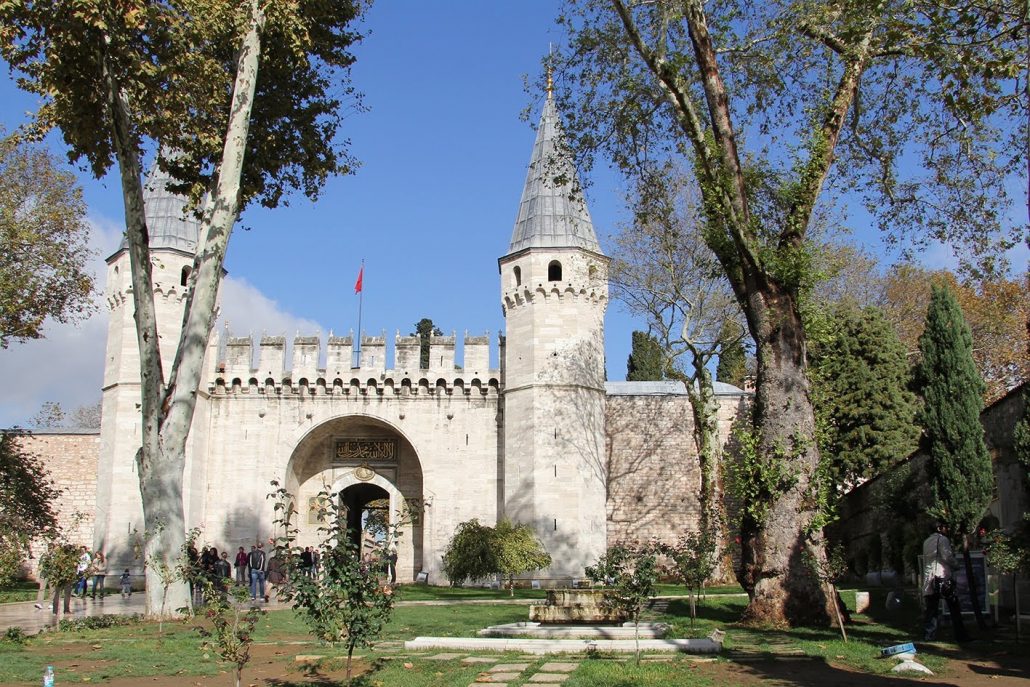
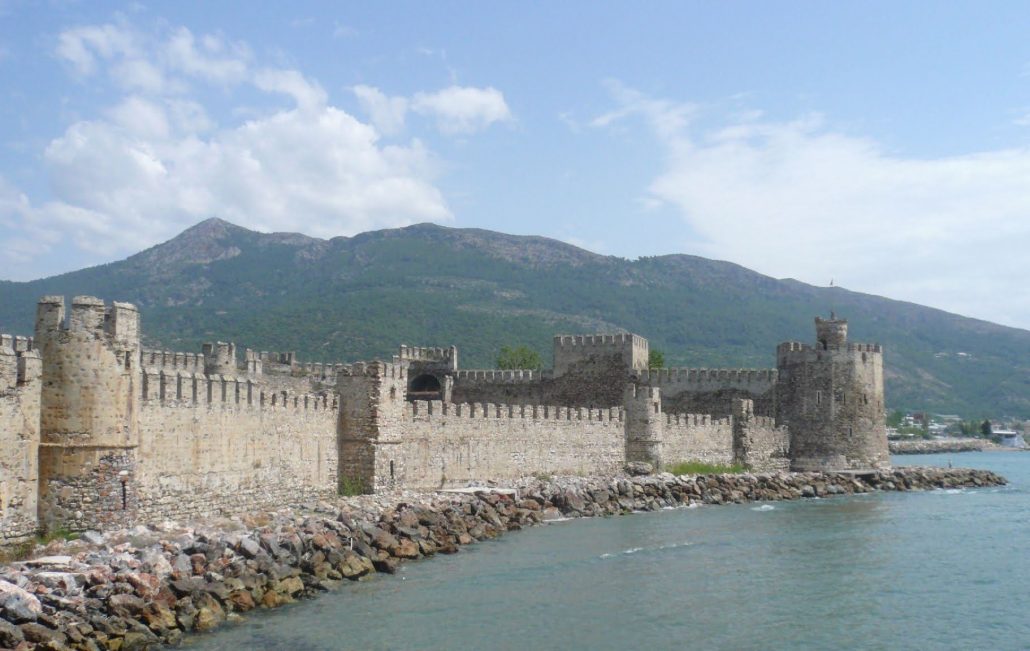
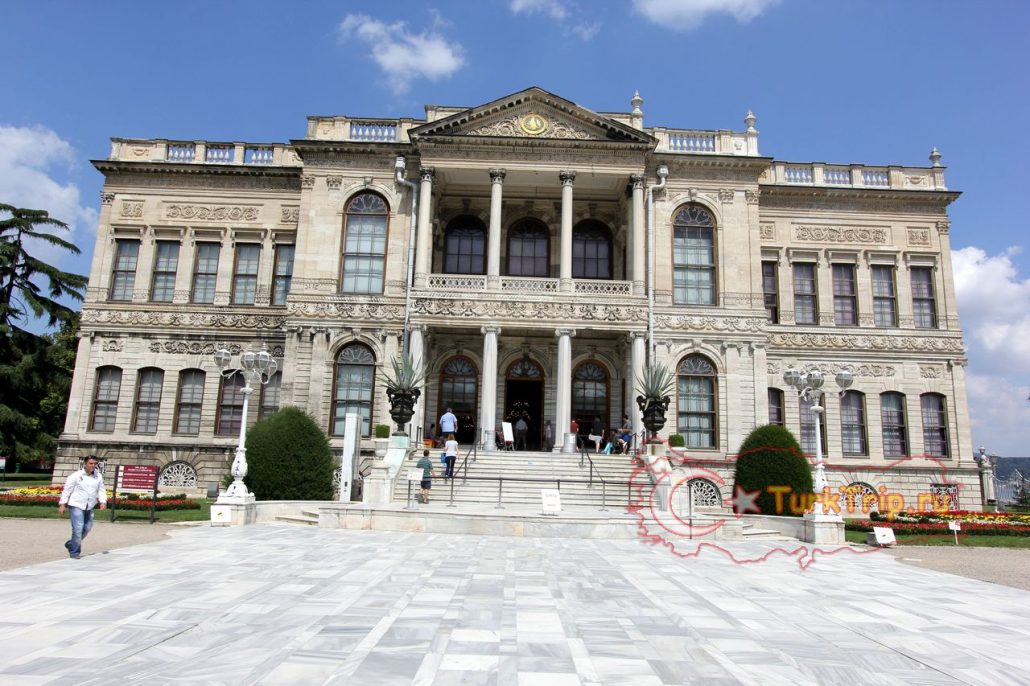
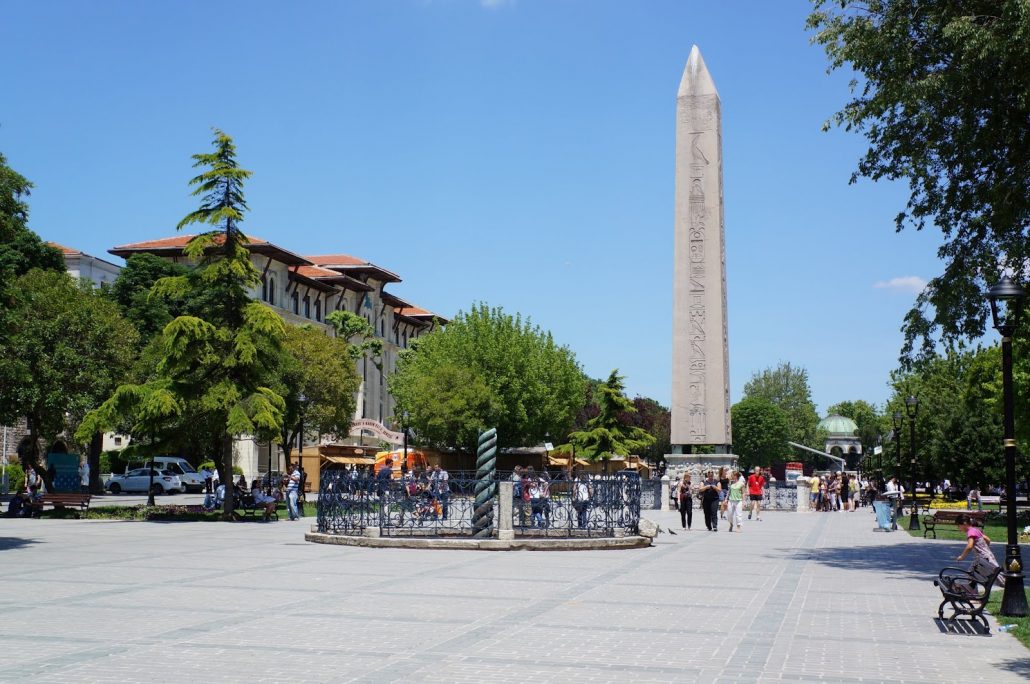
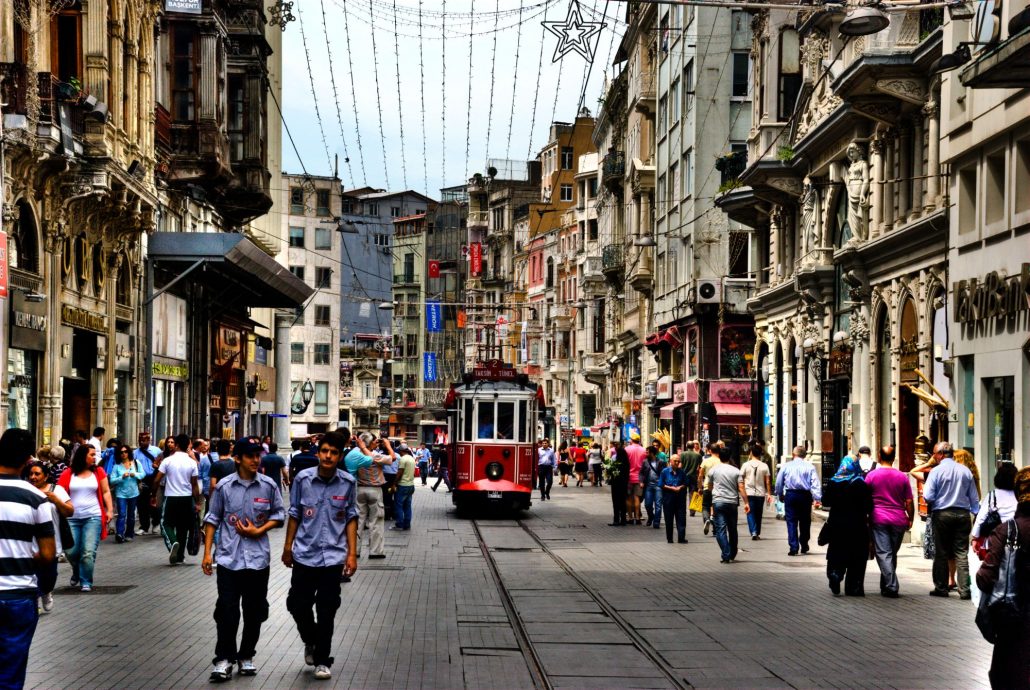
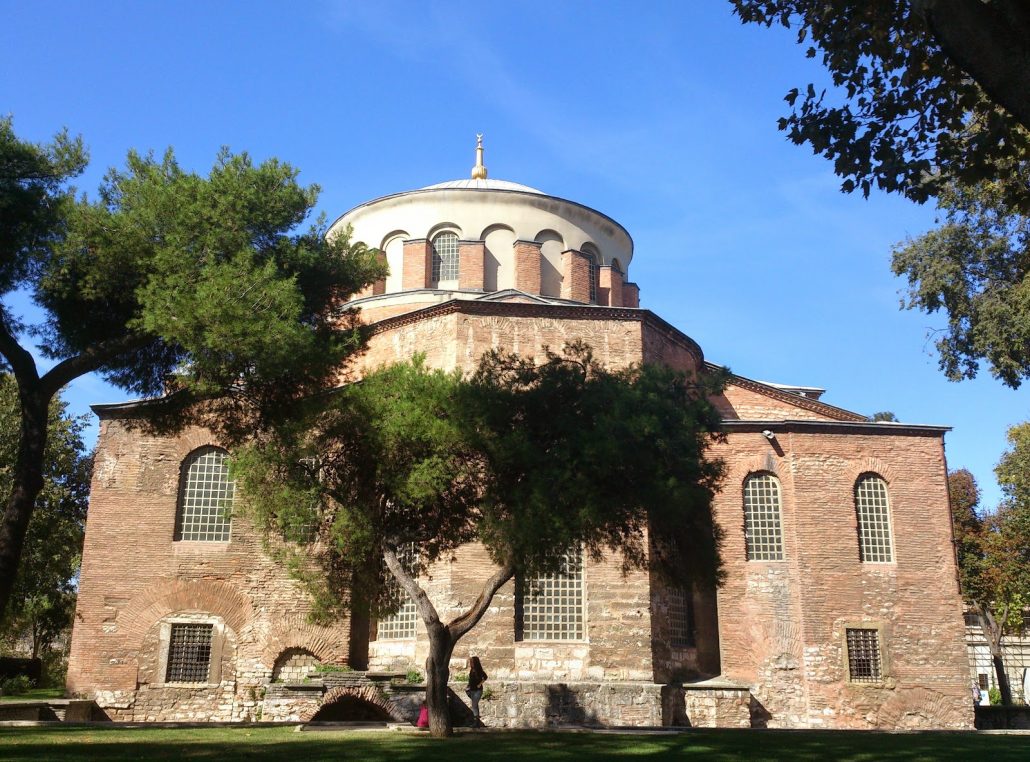
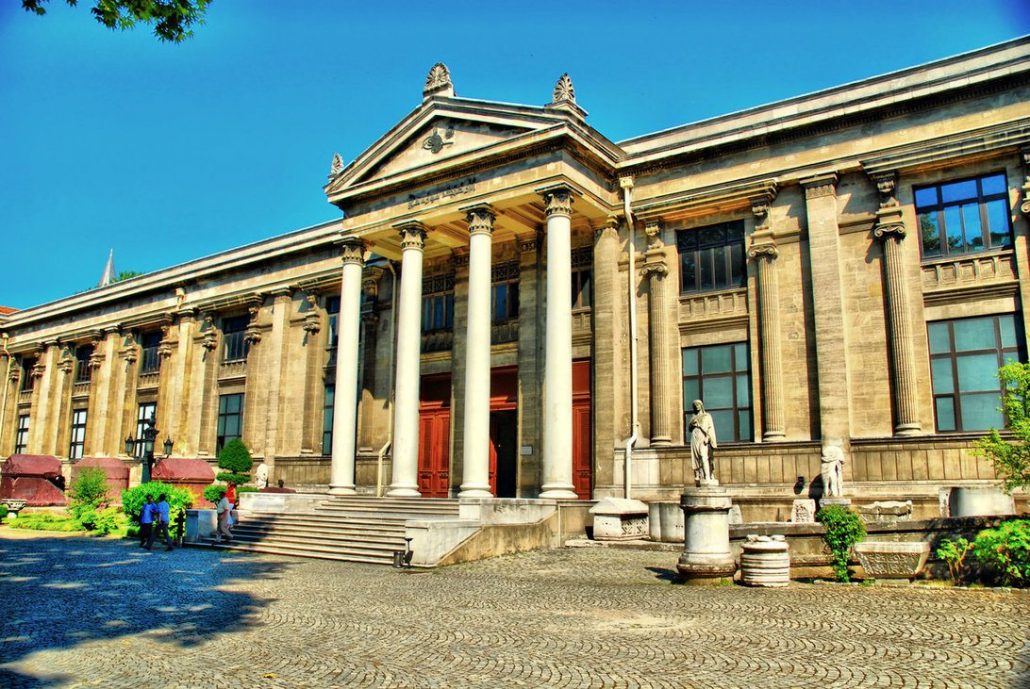
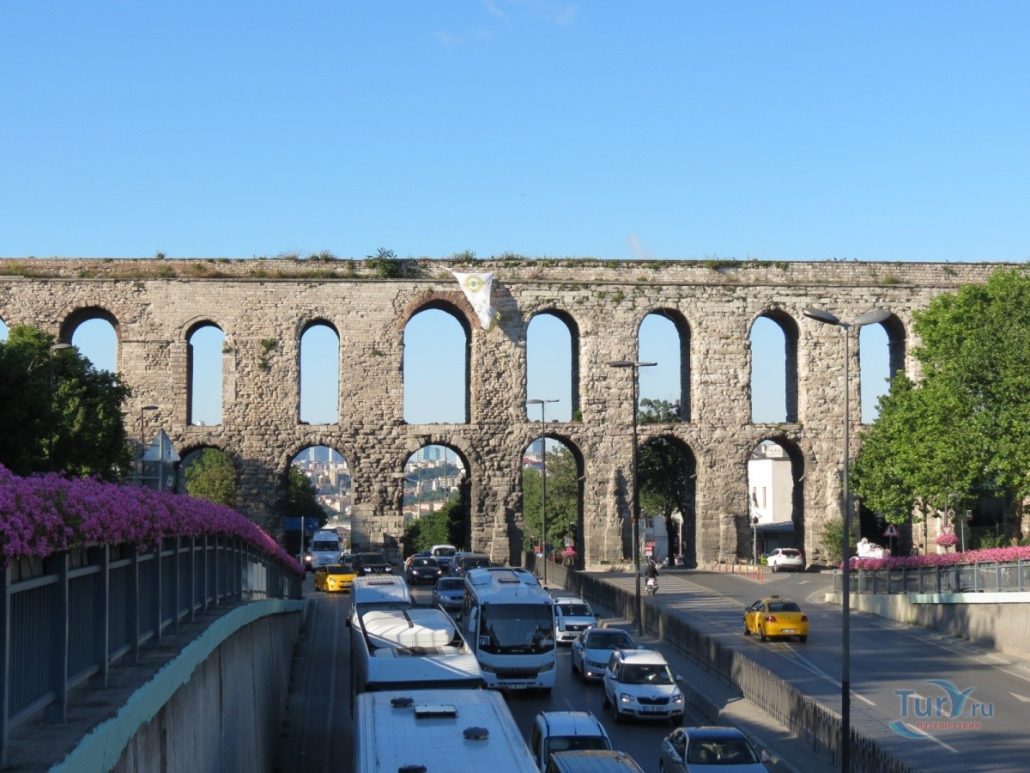

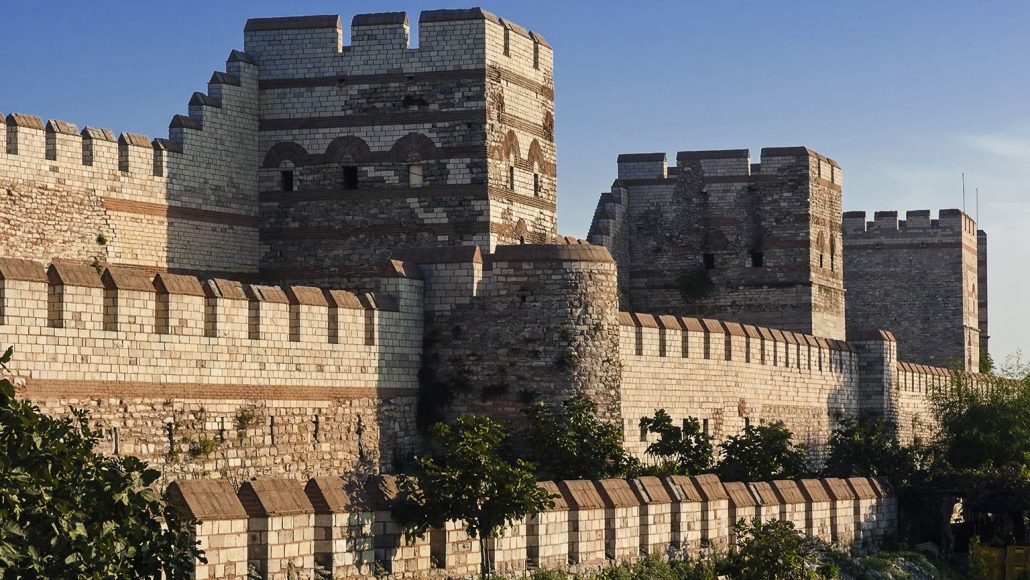
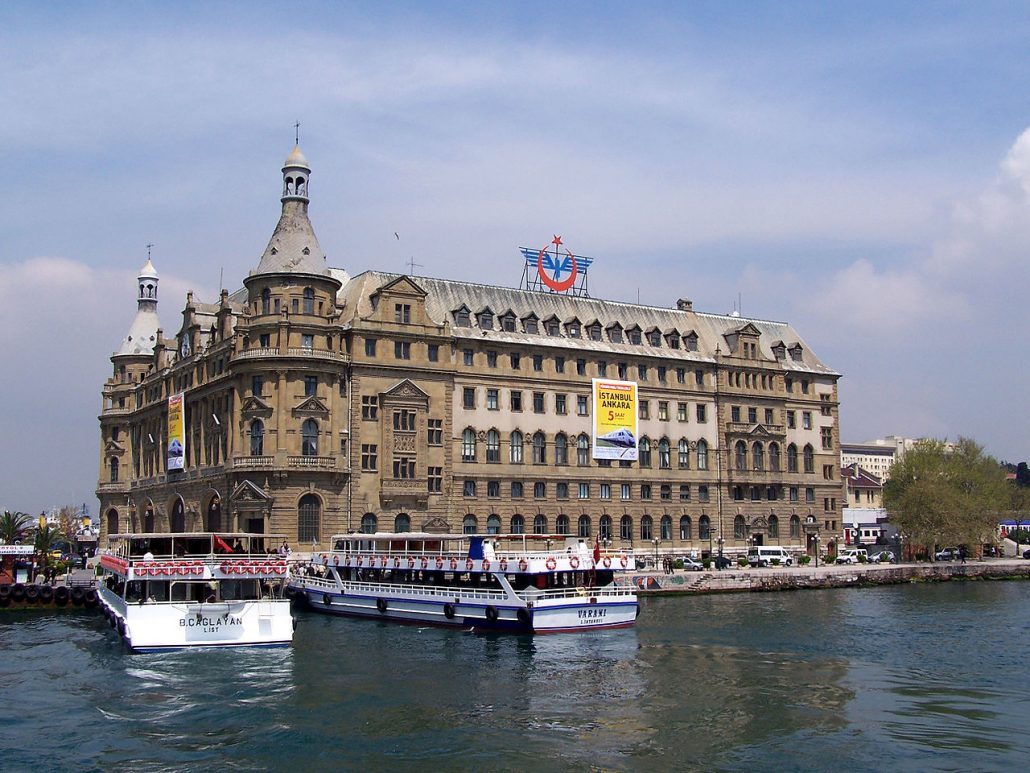
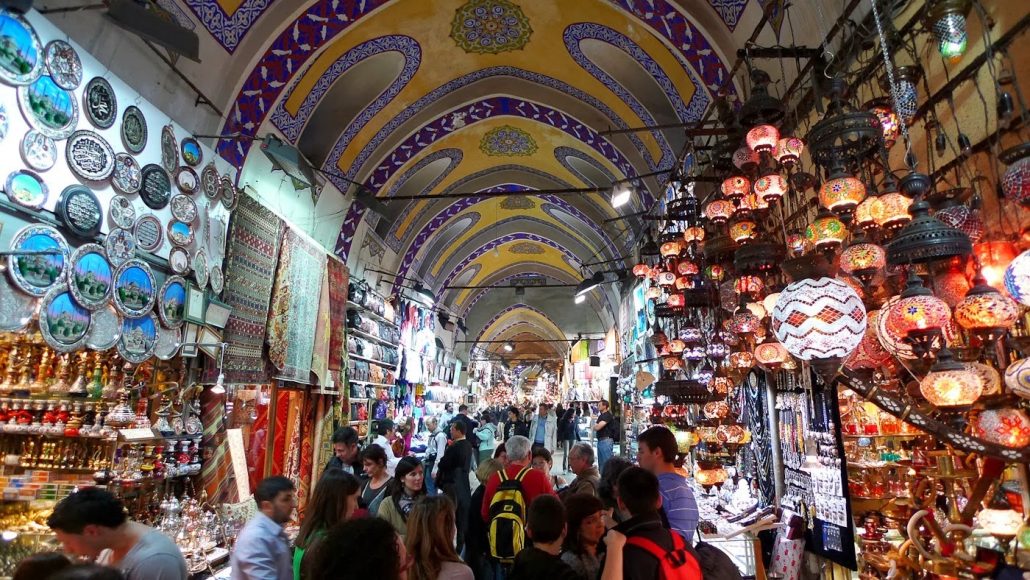





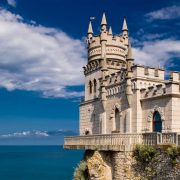
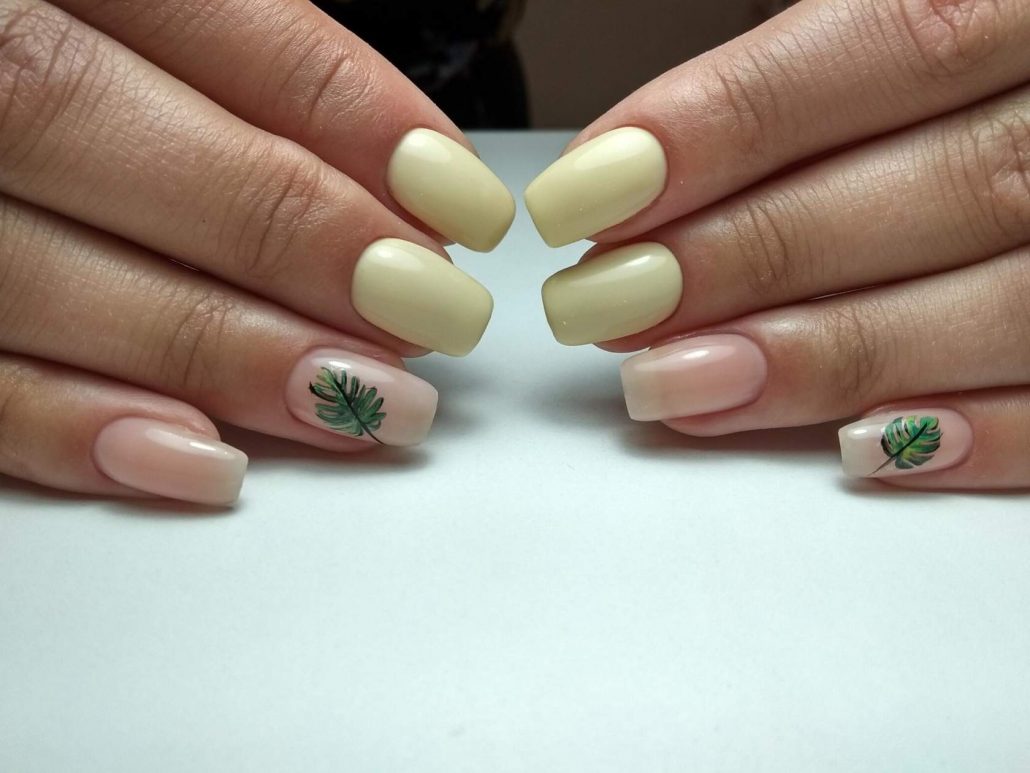
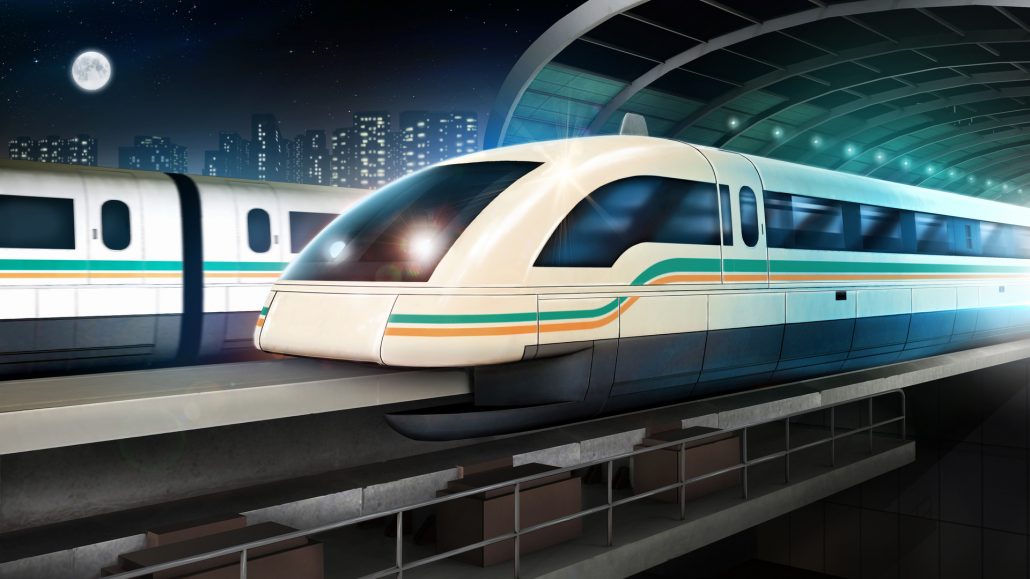
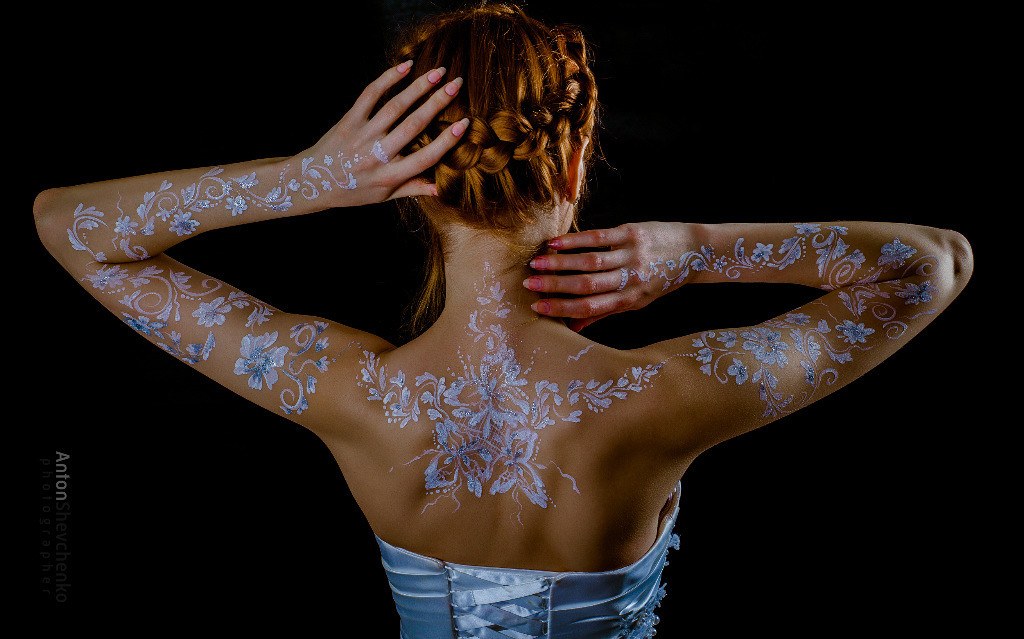
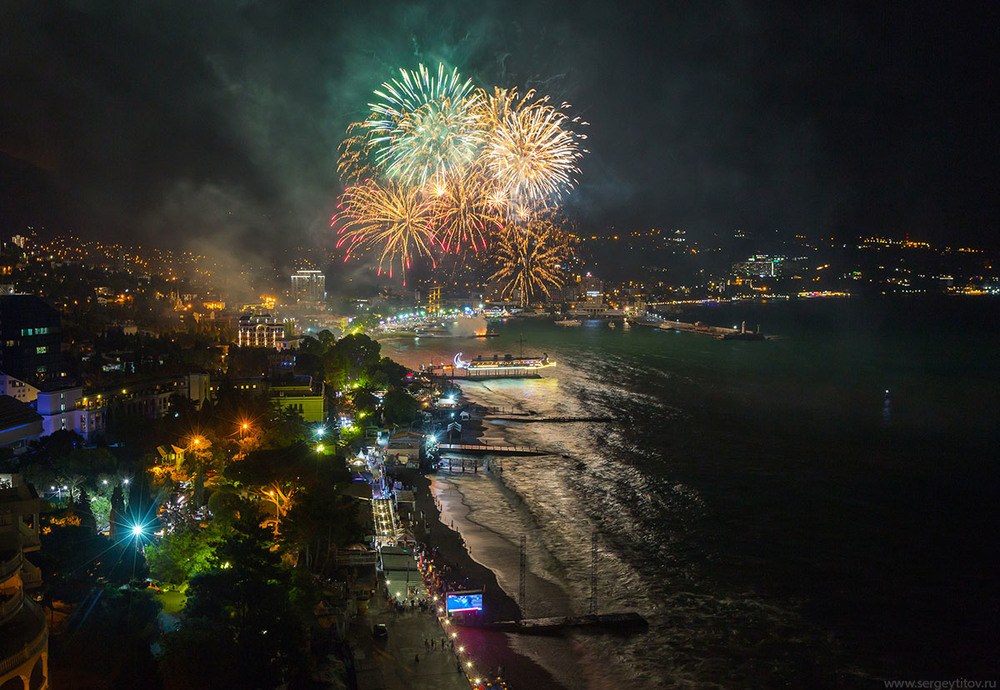

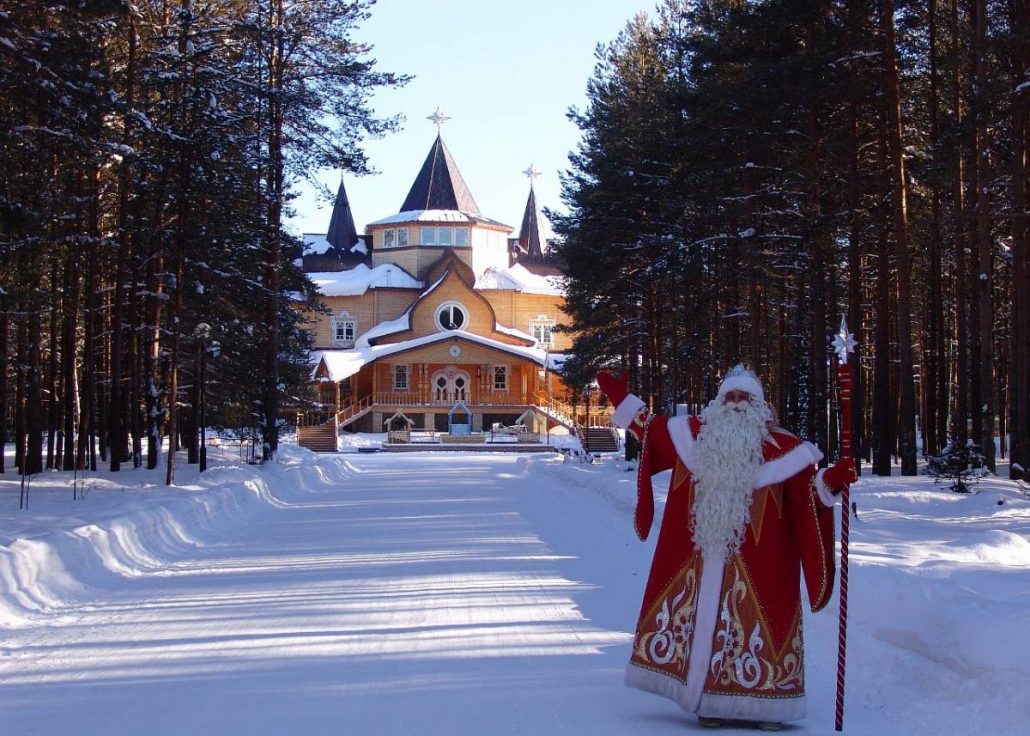

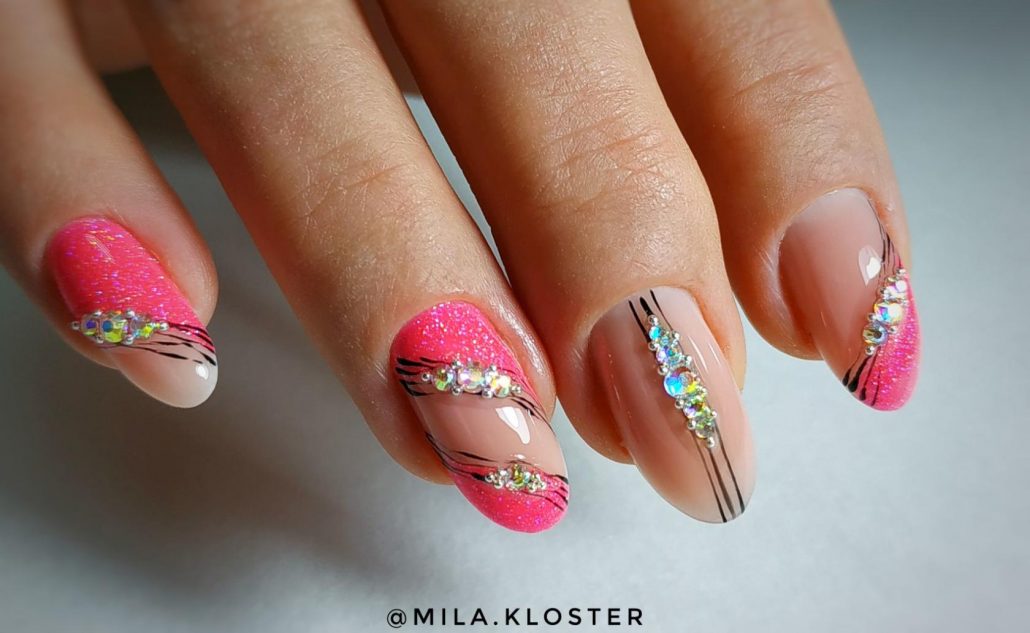



To answer
Want to join the discussion?Feel free to contribute!